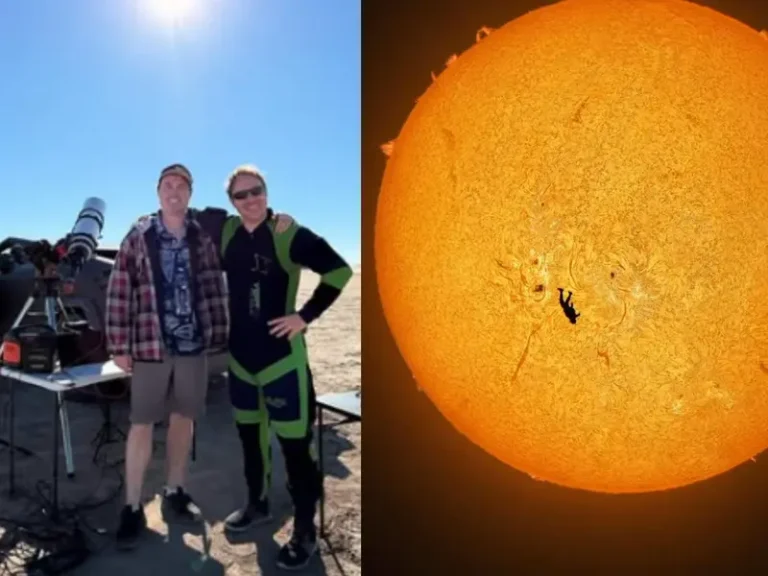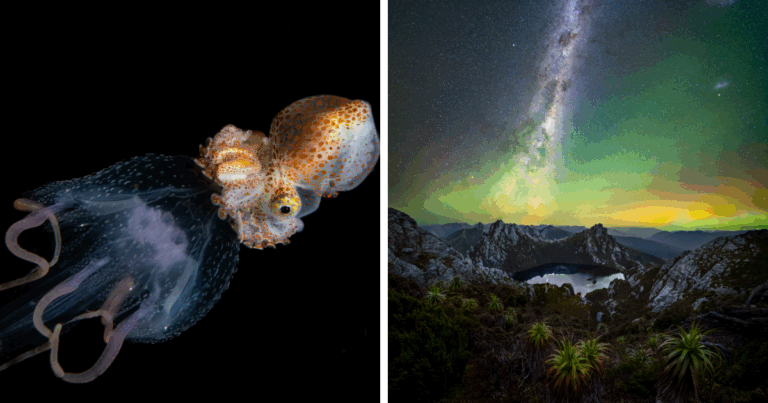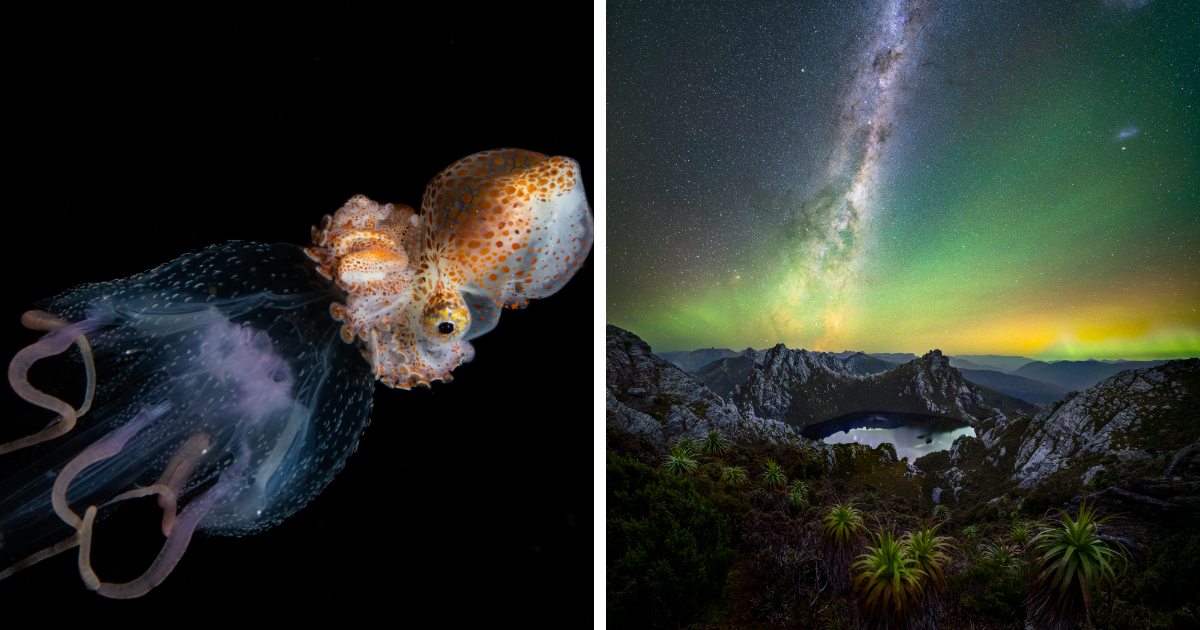
The 2025 Australian Geographic Nature Photographer of the Year competition has once again showcased the breathtaking beauty, fragility, and power of the natural world. Each year, thousands of photographers from across Australia and the wider Australasian region submit their most compelling images, hoping to capture that perfect moment when nature reveals something extraordinary.
This year’s winning shots highlight an impressive range of subjects — from dramatic coastal landscapes and rare wildlife encounters to intimate macro details that are often overlooked by the human eye. The photographers behind these images spent hours, sometimes days, patiently waiting for the right light, the right movement, or the right expression from their subjects. Their dedication has resulted in photographs that do far more than just “look beautiful”; they tell stories.
From the quiet tension of a predator stalking its prey to the calm elegance of a sunrise over untouched wilderness, each winning image contributes a unique narrative. Together, they remind us of the importance of conservation, the wonder of biodiversity, and the irreplaceable value of the natural environments we are privileged to witness.
In this blog, we explore the top ten winning photographs from the 2025 contest — images that stood out for their composition, emotional impact, technical mastery, and powerful storytelling. Whether you’re a photography enthusiast, a nature lover, or simply someone who appreciates art, these award-winning shots are sure to inspire and captivate you.
More info: SouthAustralianMuseum
#1 “Oberon Kenobi” by Marley Butler. Winner, Astrophotography.
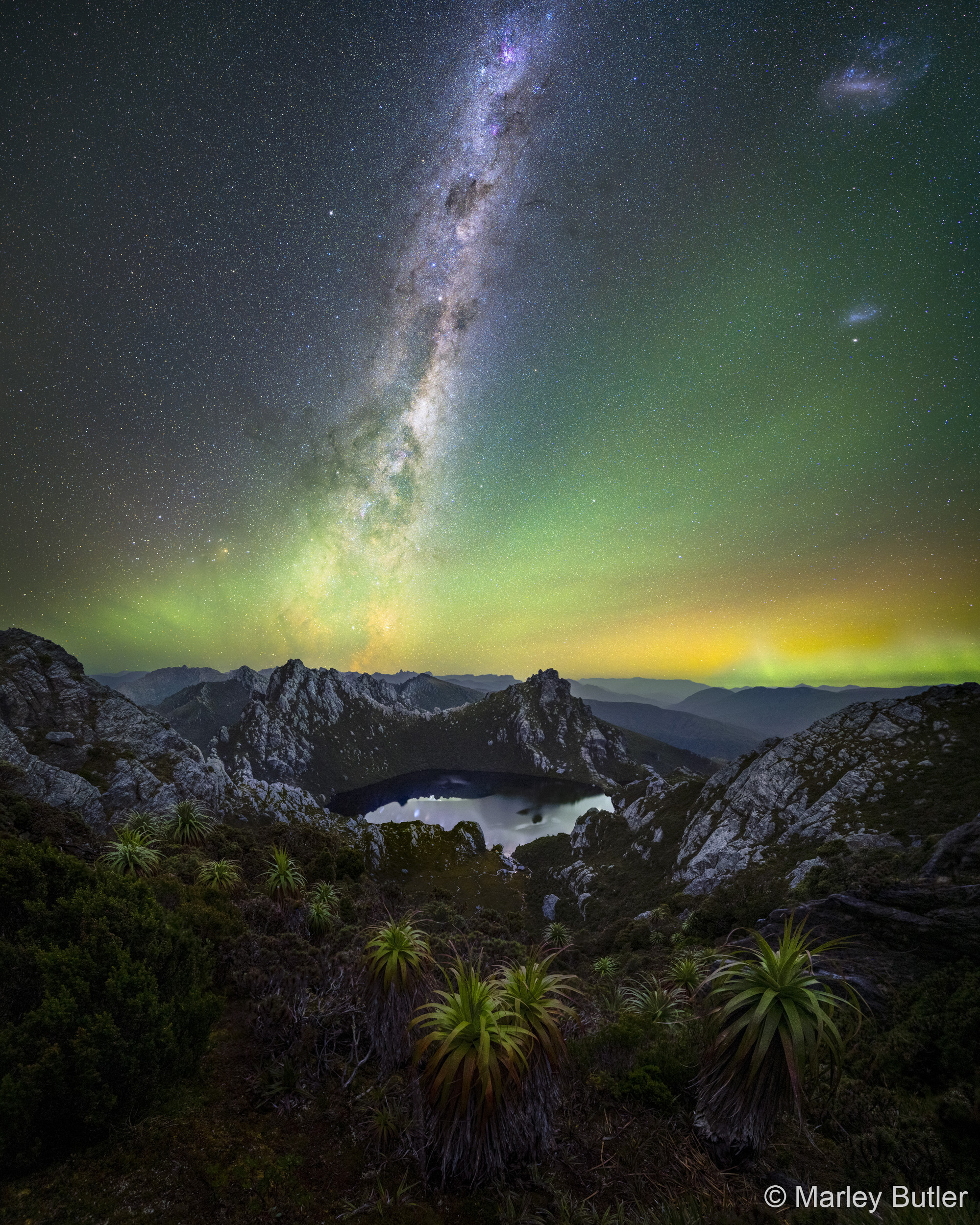
Image Source: SouthAustralianMuseum
An amphitheatre of towering pandani plants surrounds the scene as the heart of the Milky Way slowly climbs into the sky, glowing softly with atmospheric light. Beneath this celestial display lies a secluded alpine lake tucked deep within one of Tasmania’s wildest mountain ranges. On this clear, cold night, the Aurora Australis appeared unexpectedly, shimmering beneath the Magellanic Clouds and adding another layer of magic to the landscape.
Captured during a demanding multi-day trek through some of Tasmania’s most remote terrain, this photograph reflects both the harshness and the breathtaking beauty of the region. Photographer Marley Butler managed to freeze a moment where Earth and sky felt perfectly aligned — a rare, ethereal harmony found only in the island’s rugged backcountry.
#2 “Liftoff” by Talia Greis. Winner, Macro.
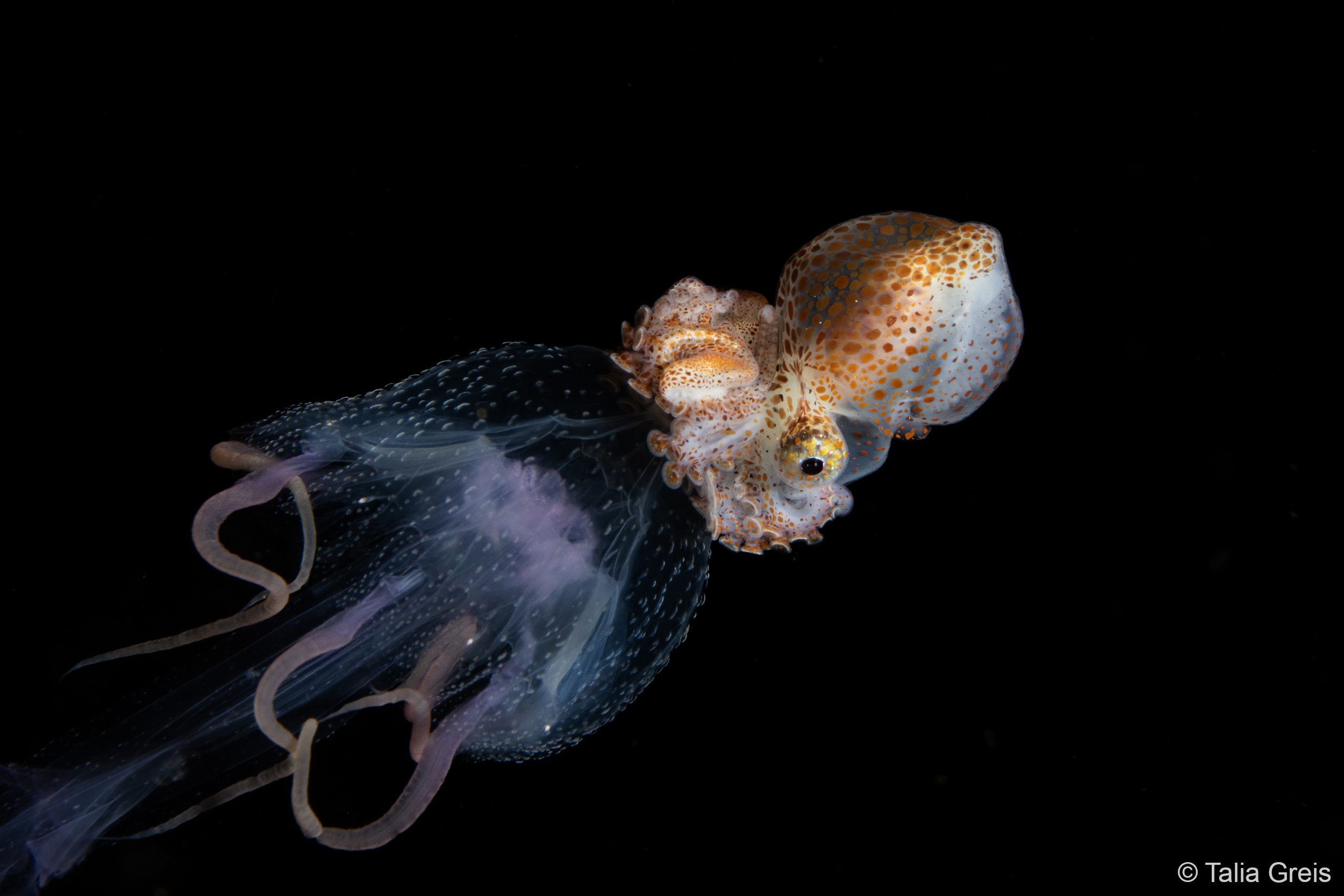
Image Source: SouthAustralianMuseum
Vertical migrations represent some of the most extraordinary natural movements on the planet. Every night, countless creatures ascend from the deep ocean, leaving the safety of the darkness below to feed near the surface under the cover of night. Among these travelers was a delicate paper nautilus, which had found an unexpected companion on its journey — a drifting jellyfish offering both shelter and transport.
This rare moment, captured by Talia Greis, reveals just how astonishing life beneath the waves can be. Set along one of the world’s most powerful vertical currents, the encounter highlights the mystery and adaptability of marine species that rely on these nightly migrations for survival. The nautilus riding gracefully atop the jellyfish creates an almost otherworldly scene, reminding us of the hidden connections and silent choreography that unfold continuously in the ocean’s depths.
#3 “Fractal Forest” by Ross Gudgeon. Overall Winner
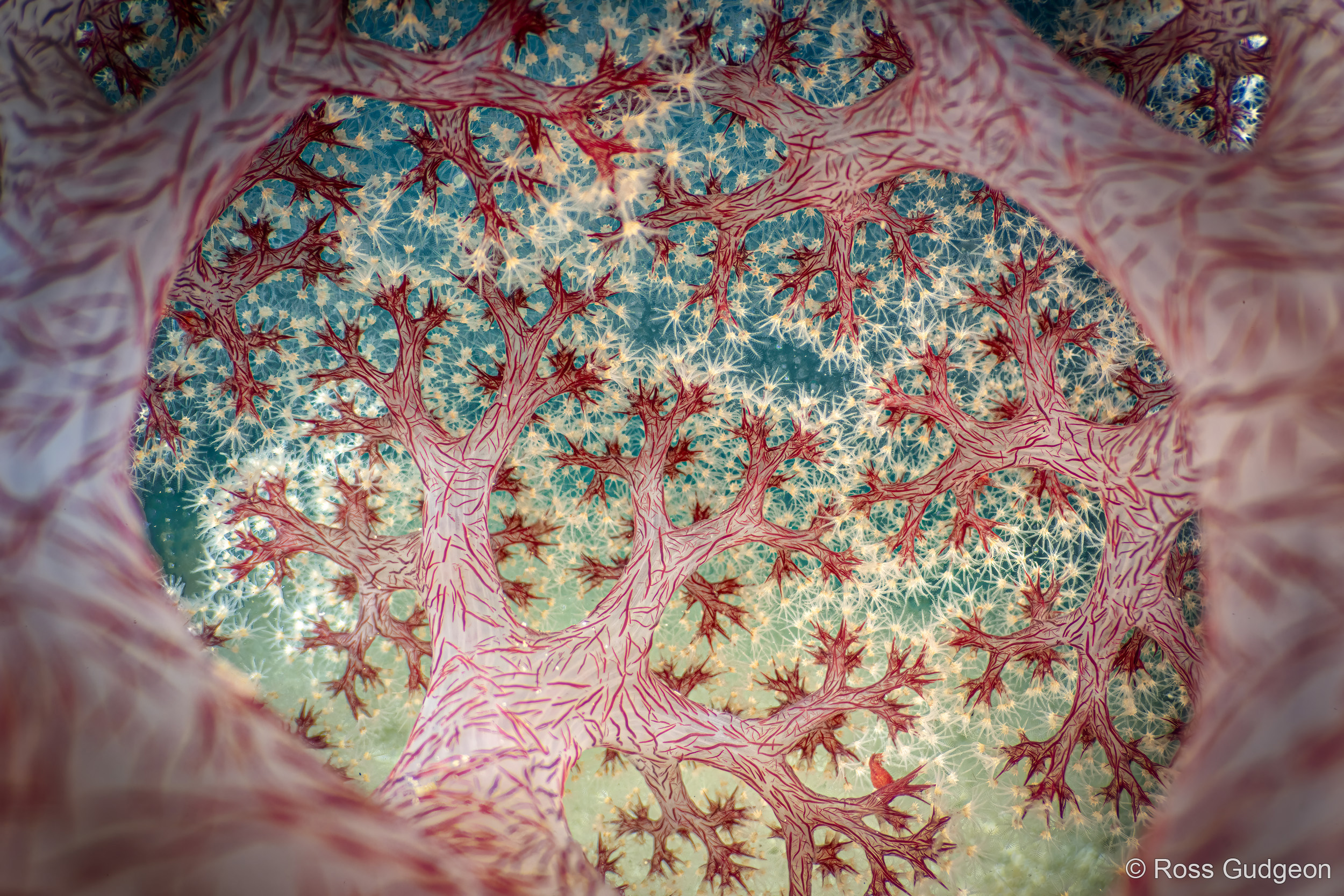
Image Source: SouthAustralianMuseum
This photograph offers an extraordinary, inside-out look at a cauliflower soft coral — a species named for its distinctive shape made up of countless rounded polyps that create a textured, almost cushion-like surface. Achieving this perspective is no simple task. Photographer Ross Gudgeon used the Nauticam EMWL, a specialised underwater lens system similar to a probe or insect-eye lens, allowing him to capture an angle that would otherwise be impossible beneath the waves.
The judges praised this image as an outstanding and unconventional piece of underwater photography. They noted how the unusual viewpoint challenges our perception, prompting us to rethink what we’re really seeing. Although the coral is portrayed exactly as it exists in nature, the surreal detail and abstract composition make it feel almost like a painting rather than a living organism. By shifting the viewer’s sense of scale and orientation, the photo transports us out of a familiar marine scene and into a dreamlike, otherworldly space.
This remarkable shot not only highlights the intricate beauty of coral structures but also showcases the creative potential of modern underwater imaging techniques.
#4 “The Beast” by Darren Wassell. Winner, Landscape.
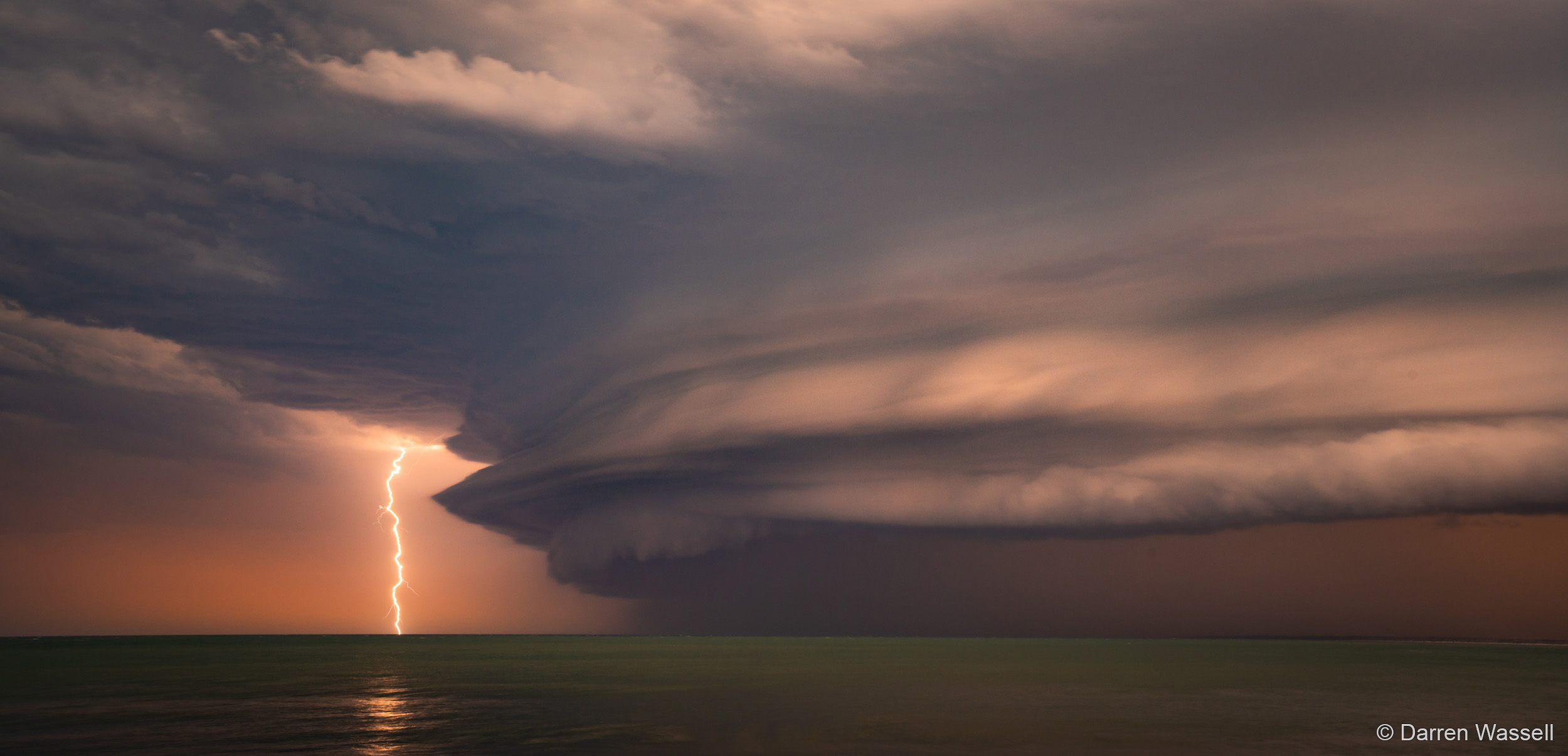
Image Source: SouthAustralianMuseum
Photographer Darren Wassell describes his deep fascination with the sheer force and dramatic beauty of powerful storms — and this image captures exactly that. As a severe storm front rolled steadily toward him, he felt a rush of adrenaline and anticipation, knowing something extraordinary was about to unfold. The towering shelf cloud swept across the landscape with an almost cinematic presence, dark and intense yet mesmerizing.
In that fleeting moment, a single cloud-to-ground lightning bolt erupted from the formation — the only one of its kind during the entire event. Managing to photograph that split-second strike felt like pure exhilaration for Wassell, a perfect culmination of patience, timing, and passion for storm chasing.
The resulting image stands as a vivid reminder of nature’s immense power and its ability to surprise us when we least expect it. For the photographer, it was another unforgettable encounter with the raw energy of the atmosphere — and yet another reason to be grateful for the wild displays Mother Nature continues to offer.
#5 “Party Streamer” by Rachelle Mackintosh. Winner, Monochrome.
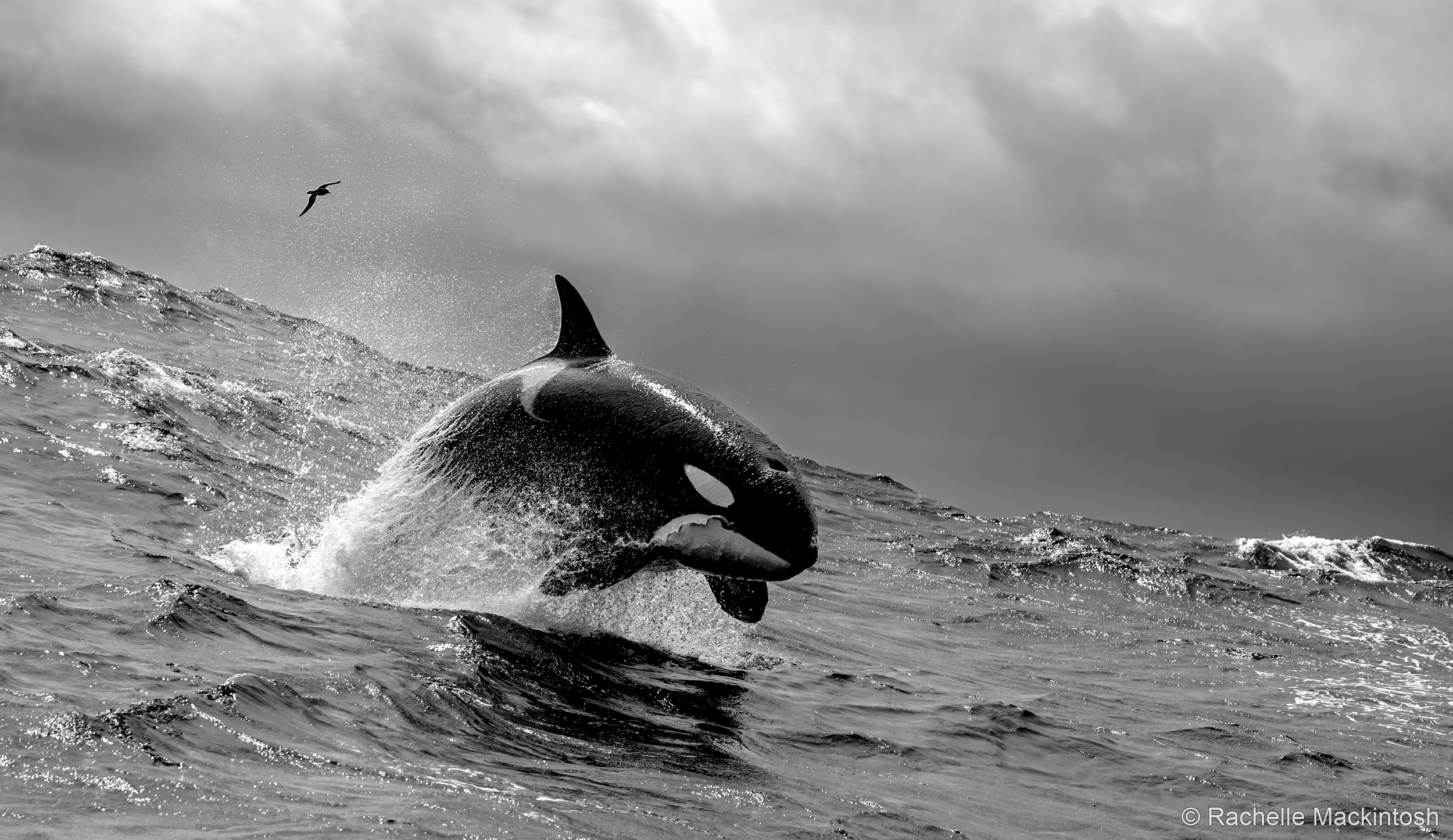
Image Source: SouthAustralianMuseum
In this striking scene from the remote Bremer Canyon, orca WA007 bursts powerfully out of the water, a display of both strength and exhilaration. She had just finished feeding on a Cuvier’s beaked whale, and the remains of her meal — thin strands of intestines — trail subtly from her mouth, almost like an eerie festive ribbon. It’s a raw yet captivating reminder of the natural dynamics that play out in one of the Southern Ocean’s most dramatic ecosystems.
Bremer Canyon has become known as a hotspot for mammal-hunting orcas, with around 300 individuals documented in this isolated region. Ongoing scientific research hints that these orcas might represent their own distinct ecotype — a population with unique behaviours, hunting strategies, and possibly even genetic traits. Their coordinated hunts and remarkable displays of power continue to fascinate both marine scientists and wildlife photographers alike.
Captured by Rachelle Mackintosh, this photograph encapsulates the intensity of predator-prey interactions and the wild energy of the open ocean, offering a rare glimpse into the life of one of the world’s most formidable marine predators.
#6 “Red Dawn” by Etienne Littlefair. Winner, Threatened Species.
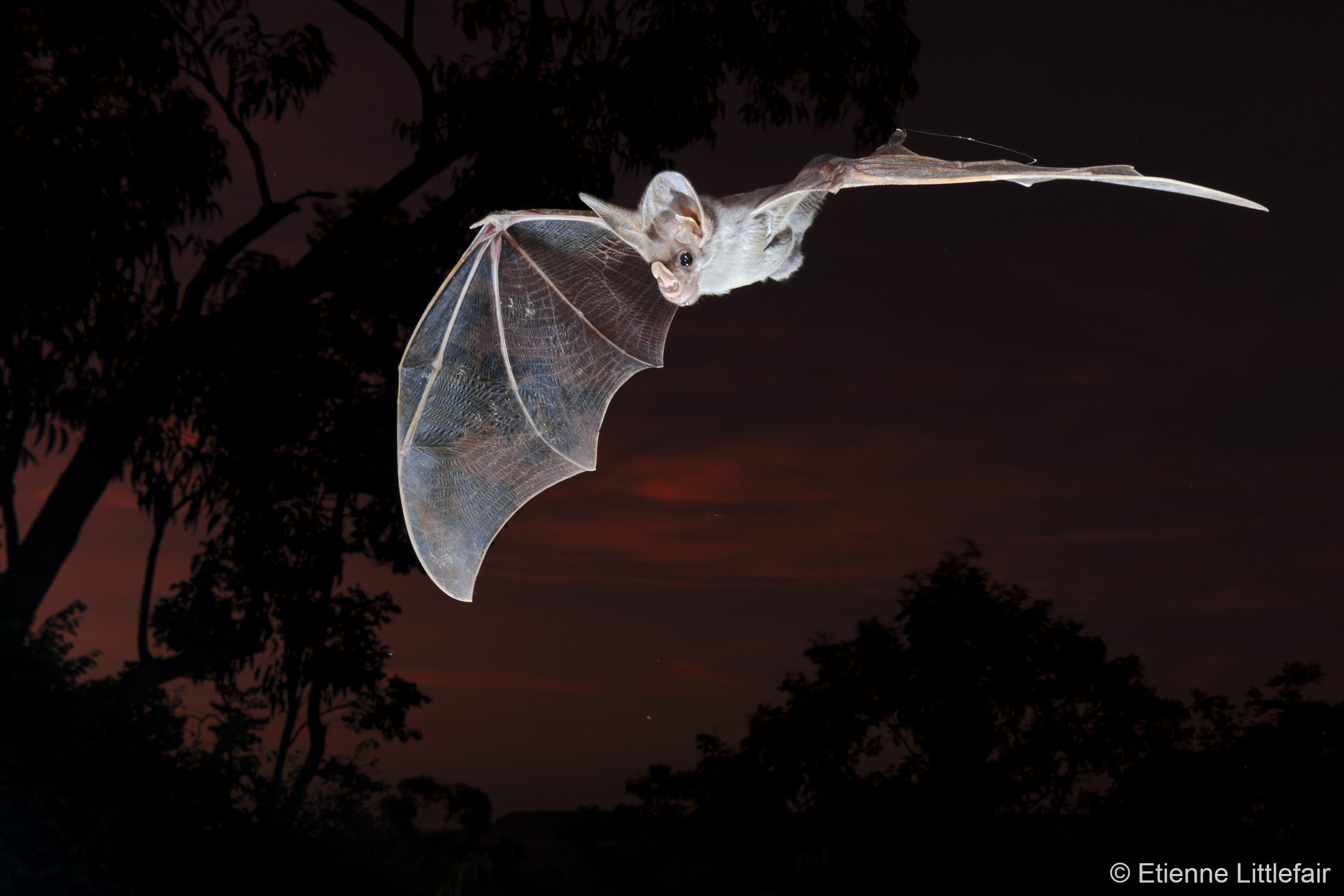
Image Source: SouthAustralianMuseum
Ghost bats are among Australia’s most mysterious creatures — rare, elusive, and highly selective about where they choose to roost. Their strict habitat requirements make encounters with them exceptionally uncommon. After years of observing these nocturnal predators through thermal optics, photographer Etienne Littlefair has managed to identify a few reliable locations hidden within the rugged escarpments near his home.
On the very first day of 2025, he captured this remarkable image — a fitting and unforgettable way to welcome the New Year. The photograph not only reflects his deep dedication to understanding ghost bat behaviour, but also reveals just how secretive and extraordinary these animals truly are.
The moment freezes a species that most people will never see in the wild, offering a rare glimpse into a world that thrives in darkness. Littlefair’s long-term commitment and patience have allowed him to document an intimate side of a predator that remains largely hidden from human eyes.
#7 “PJ & Crabs” by Charles Davis. Winner, Animals in Nature.

Image Source: SouthAustralianMuseum
Every year, under the glow of the full moon, tens of thousands of spider crabs gather along the seafloor to shed their old shells. During this vulnerable molting period, their soft bodies make them easy prey for predators such as sharks and large rays. To survive, the crabs cluster together in massive, protective groups, creating an astonishing natural spectacle.
In this incredible scene, a Port Jackson shark glides silently above the writhing mass of crabs, perfectly illustrating the delicate balance between predator and prey. Photographer Charles Davis captured this rare moment, highlighting both the vulnerability and resilience of these fascinating creatures. The annual gathering is not only a dramatic display of survival strategies but also a vivid reminder of the complex interactions that sustain life beneath the waves.
#8 “Skink in a Tight Spot” by Sara Corlis. Winner, Our Impact.
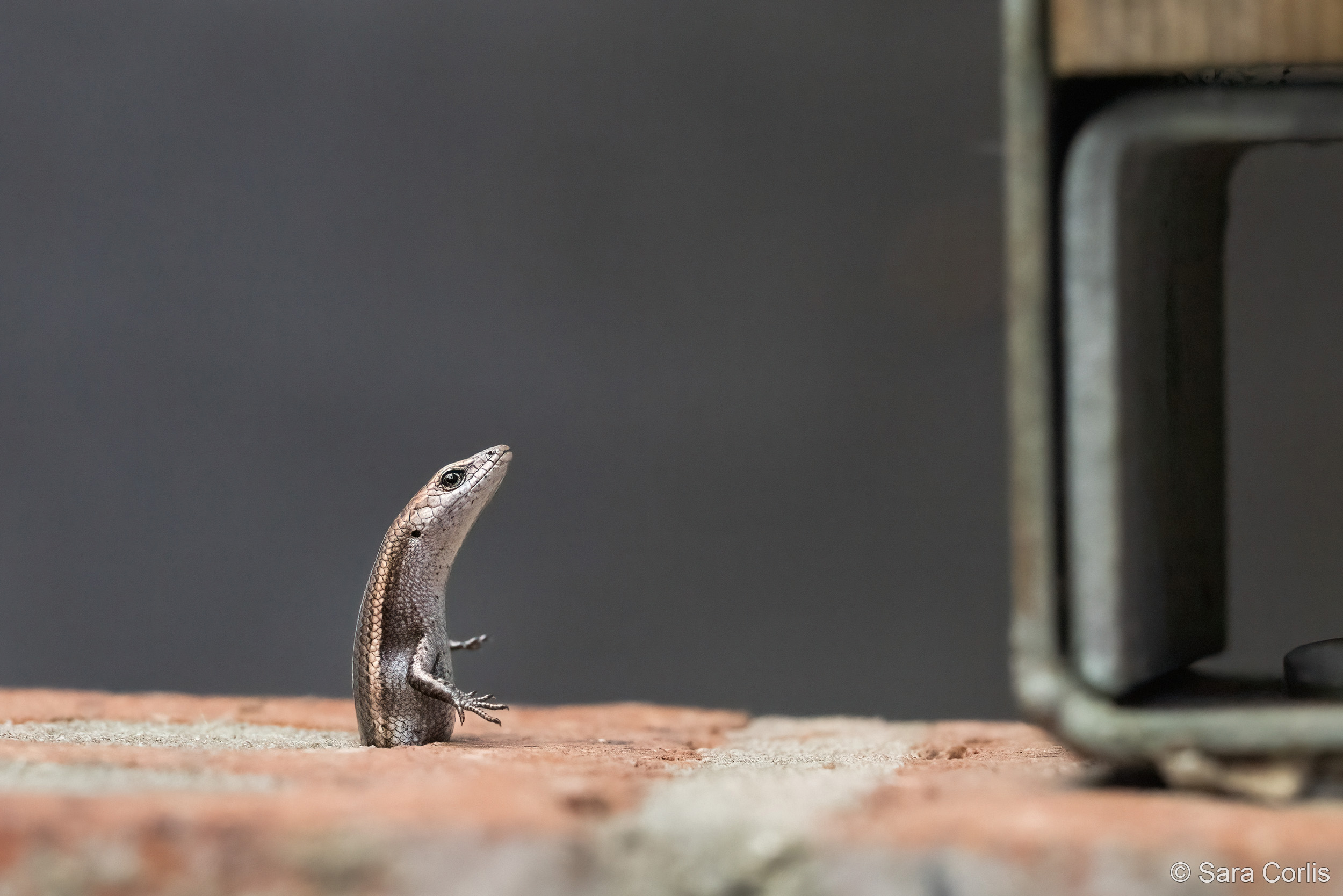
Image Source: SouthAustralianMuseum
While at home, photographer Sara Corlis stumbled upon an unexpected discovery: a tiny garden skink trapped within a hole in a brick wall. The little lizard struggled desperately, wriggling from side to side in a frantic bid for freedom, leaving Corlis feeling both anxious and helpless.
After a tense few moments, the resilient skink managed to free itself, slipping safely back into the garden. This simple encounter serves as a gentle reminder of the small but determined lives that surround us, often unnoticed. Corlis’ photograph captures not just the skink, but a fleeting moment of tension, relief, and the quiet resilience of nature even in the most everyday settings.
#9 “Perched” by Isabella Rogers. Overall Junior Winner.
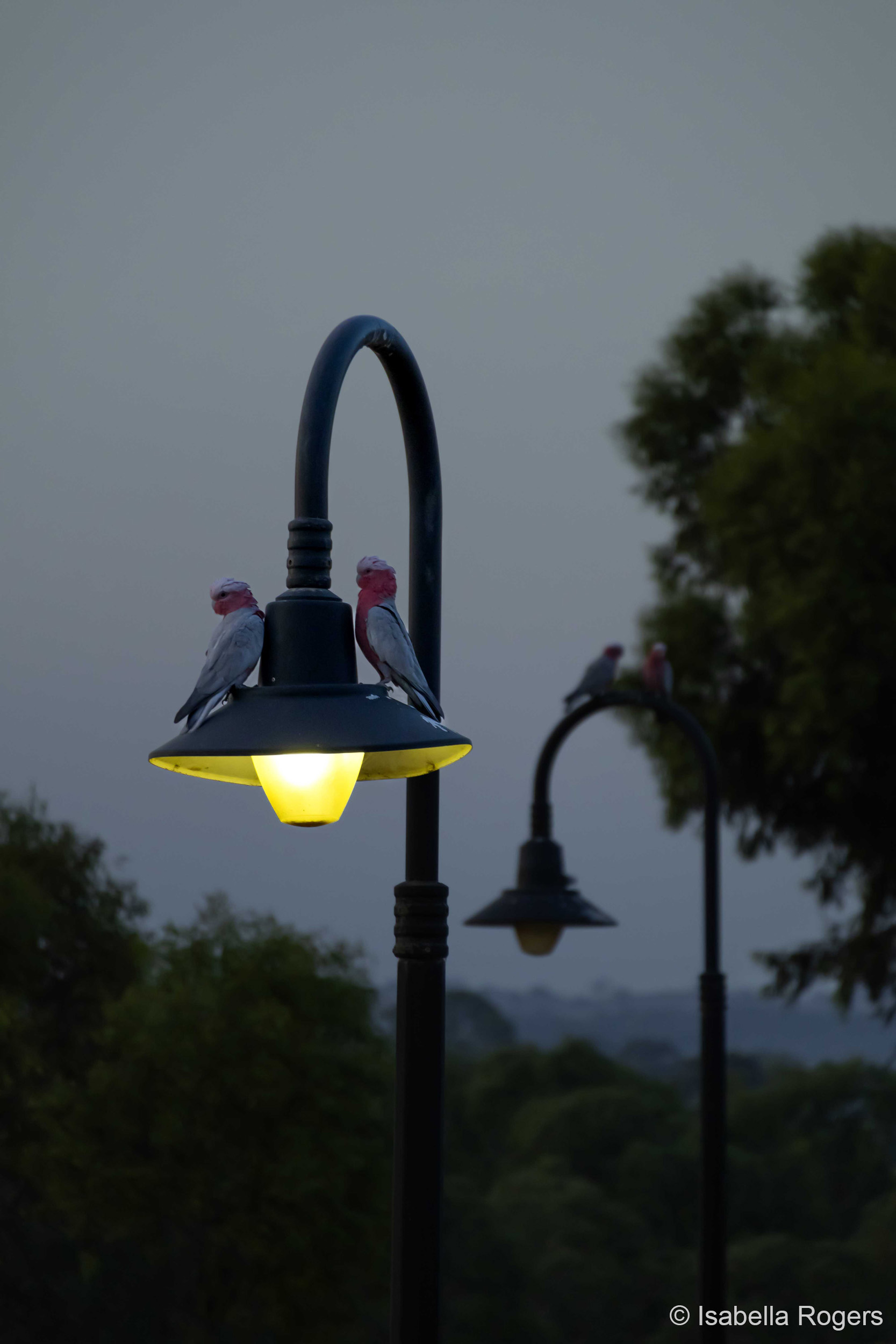
Image Source: SouthAustralianMuseum
During a morning walk in Hewett, South Australia, photographer Isabella Rogers was feeling a bit discouraged after an earlier shoot that hadn’t gone as planned. Just as she was heading home, she spotted two vibrant galahs perched nearby. The early morning light, combined with the unexpected glow of a streetlight, highlighted the birds beautifully against their surroundings, making them the perfect subjects for a spontaneous shot.
This photograph captures a quiet, serendipitous moment — a reminder that sometimes the most memorable images come when we least expect them. Rogers’ keen eye turned a routine walk into an opportunity to showcase the charm and color of everyday wildlife in an urban setting.
#10 “Jabiru Leaf” by Charles Davis. Winner, Aerial.
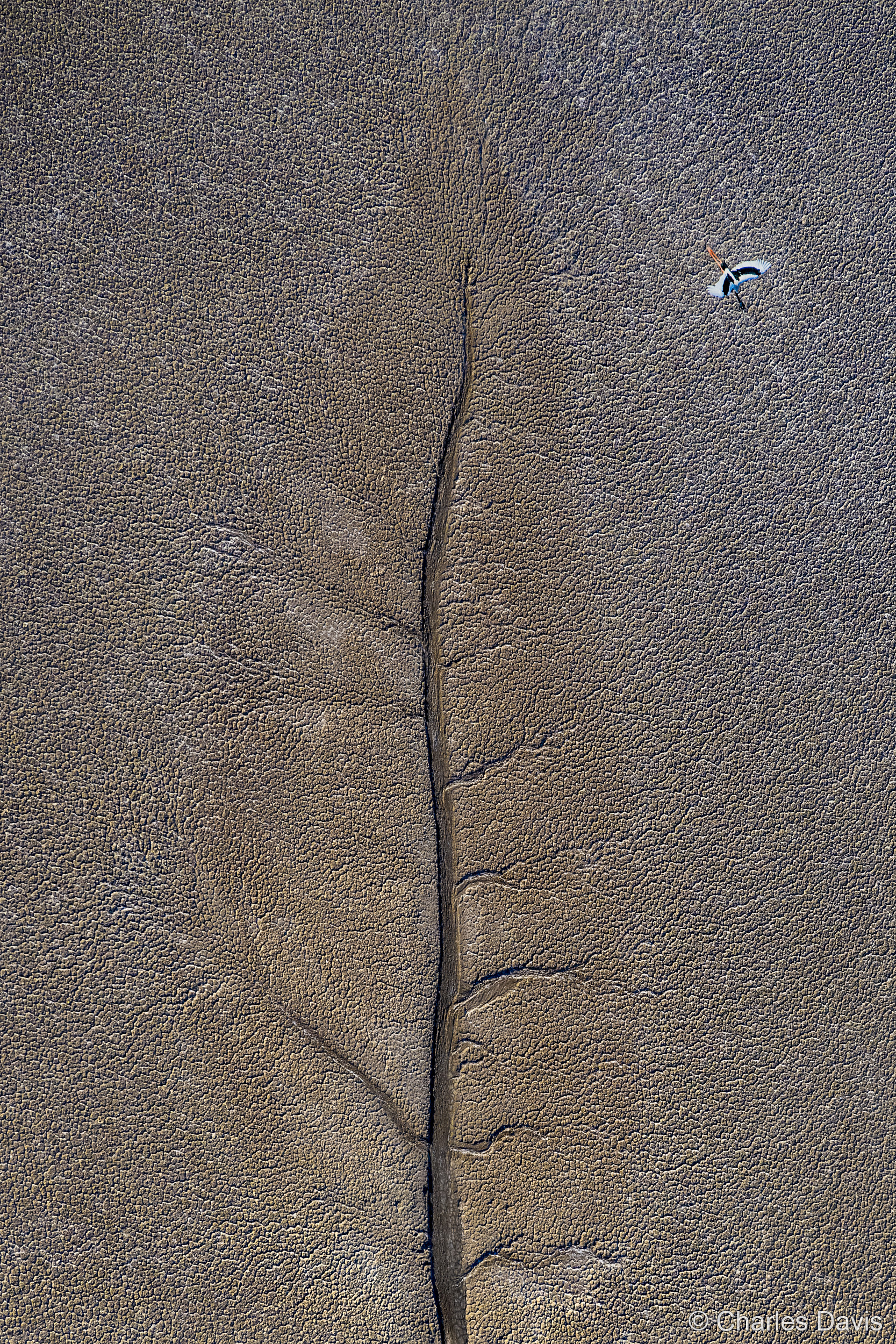
Image Source: SouthAustralianMuseum


